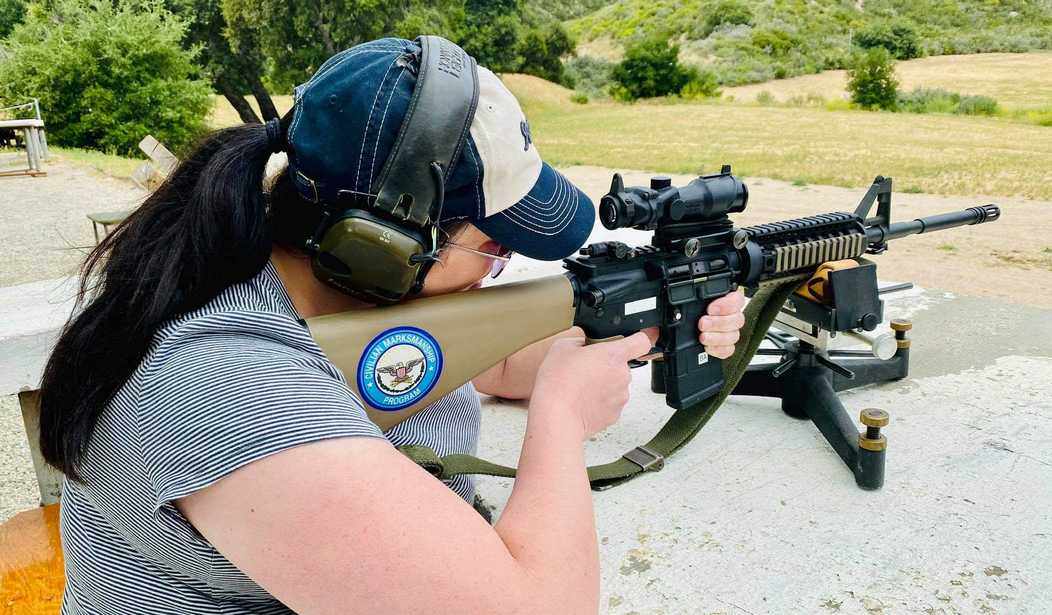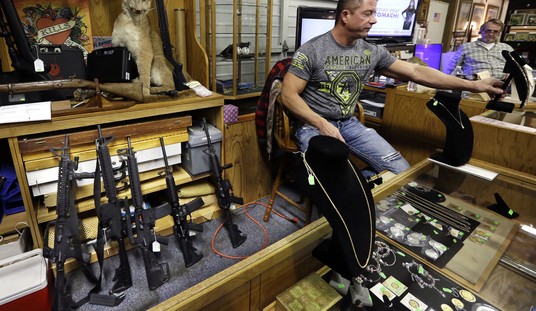While the main focus of today’s decision in New York State Rifle & Pistol Association was on New York’s “may issue” carry laws, the 6-3 decision authored by Justice Clarence Thomas casts doubt on a number of other anti-Second Amendment laws on the books from California to New Jersey, including bans on so-called assault weapons and “large capacity” magazines.
Writing for the majority, Thomas declared that not only is New York’s law invalid, but the two-step test used by the Second Circuit to determine the constitutionality of the law is unacceptable and should not be used by any lower court. From the opinion:
Despite the popularity of this two-step approach, it is one step too many. Step one of the predominant framework is broadly consistent with Heller, which demands a test rooted in the Second Amendment’s text, as informed by history. But Heller and McDonald do not support applying meansend scrutiny in the Second Amendment context. Instead, the government must affirmatively prove that its firearms regulation is part of the historical tradition that delimits the outer bounds of the right to keep and bear arms.
… Not only did Heller decline to engage in means-end scrutiny generally, but it also specifically ruled out the intermediate-scrutiny test that respondents and the United States now urge us to adopt.
… In sum, the Courts of Appeals’ second step is inconsistent with Heller’s historical approach and its rejection of means end scrutiny. We reiterate that the standard for applying the Second Amendment is as follows: When the Second Amendment’s plain text covers an individual’s conduct, the Constitution presumptively protects that conduct. The government must then justify its regulation by demonstrating that it is consistent with the Nation’s historical tradition of firearm regulation. Only then may a court conclude that the individual’s conduct falls outside the Second Amendment’s “unqualified command.”
Is there an historical tradition of banning commonly-owned firearms in the United States? Nope. There was no 19th century equivalent to Everytown for Gun Safety calling for bans on revolvers when they were first introduced, or repeating rifles when they became widely used and commonly-owned a few decades later, much less widespread adoption of laws banning those firearms. Even fully-automatic machine guns weren’t banned under the provisions of the National Firearms Act, though owners were required to pay a $200 tax stamp and register their machine gun with the federal government.
The same holds true for banning magazines based on their capacity. No state banned the Henry repeating rifle because you could “load on Sunday and shoot all week“, and bans on detachable magazines didn’t really appear until the 1980s and are still only in place in a handful of states. These aren’t “longstanding” prohibitions and they’re not widespread either, so the argument that they don’t comport with the history, text, or tradition of the Second Amendment is a pretty easy one to make.
As it so happens, the Supreme Court has been holding on to several other 2A-related cases in conference while the Bruen case was being decided, including two cases dealing with magazine bans in New Jersey and California, as well as a challenge to Maryland’s ban on AR-15s and other semi-automatic rifles. The Court could decide to accept one or more of these cases, or it could choose to send them back down to the appellate courts with instructions to follow the proper test laid out in the Bruen decision, but either way they’re not going to be kept in limbo for much longer. The next day for the Court to release its orders is next Monday, and that’s when we’re likely to learn if the Court is going to accept another potentially blockbuster 2A case directly, or give lower courts the opportunity to follow its instructions on the proper constitutional test for gun control laws.









Join the conversation as a VIP Member